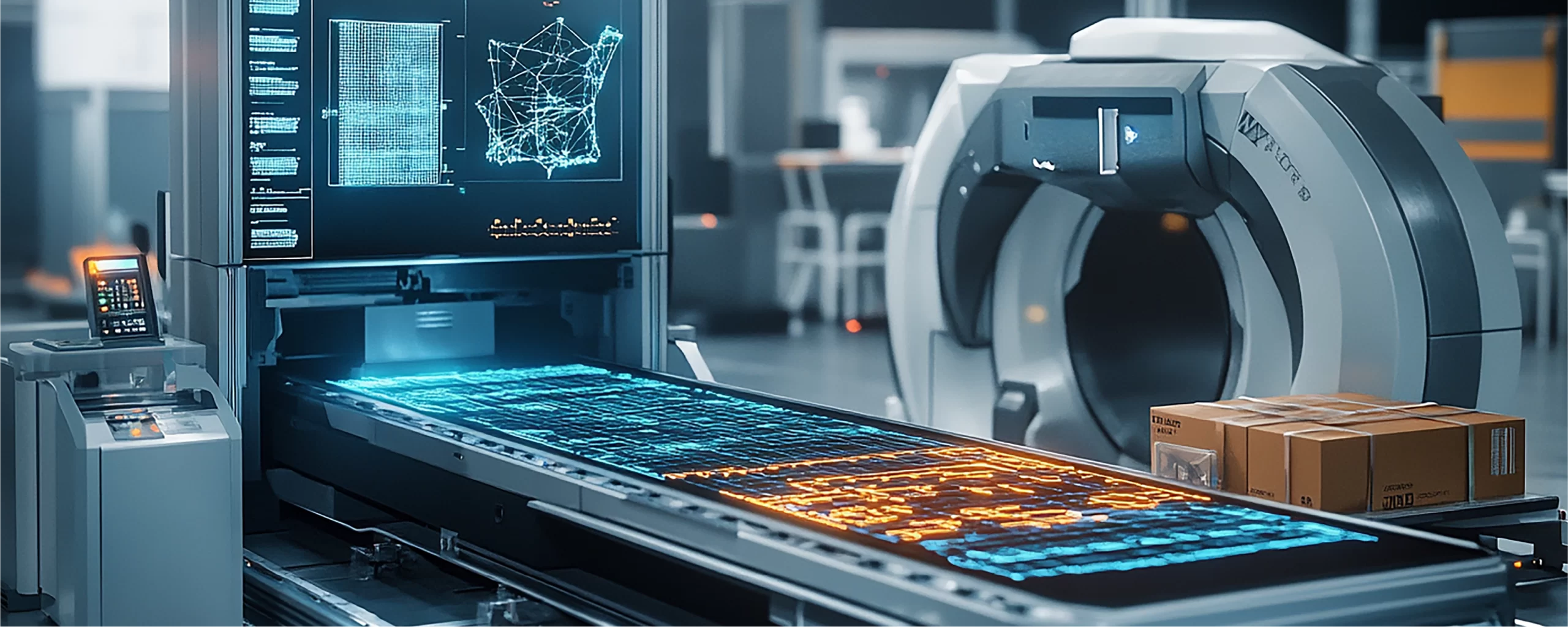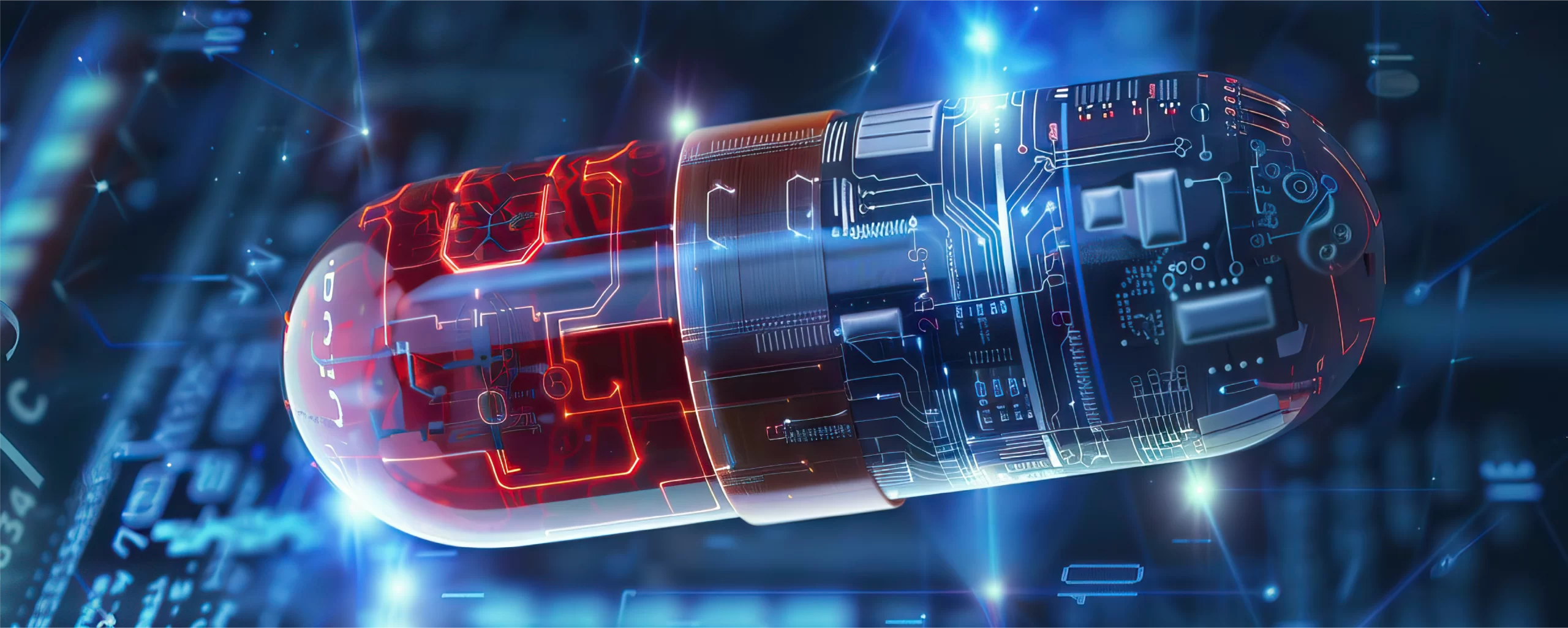AI-Powered Predictive Maintenance: Extending The Life of Medical Equipment
The reliability of medical equipment is essential in the fast-paced environment of healthcare. However, the problems of frequent breakdowns, failures, and maintenance costs are typical for hospitals and healthcare organizations.
Predictive maintenance has emerged as a game changer in the healthcare industry with developments in artificial intelligence (AI) and the Internet of Things (IoT). This has come to be used for the real-time monitoring of failures that are detected early and repaired before happening, as a means to extend the life of medical devices by improving their operational efficiencies. With a controlled approach to the maintenance of medical facilities, the provider can reduce maintenance downtime costs, improve patient safety through access to equipment, and use resources better.
Traditional Way of Predictive Maintenance for Medical Devices and Their Challenges
Predictive maintenance in traditional devices will also rely on noise and regular check-ups for fault tracking. Indeed, hospitals have been following up on these two major methods so far:
- Preventive Maintenance (PM): where scheduled routine maintenance is done without recourse to the current status of the equipment to avoid any failure scenarios in the future.
- Condition-Based Maintenance (CBM): Condition-Based Maintenance requires real-time indicators such as temperature, vibration, or pressure measurements to assess the state of the equipment and take action as and when necessary.
The challenges for the predictive maintenance of medical equipment by traditional methods are as follows:
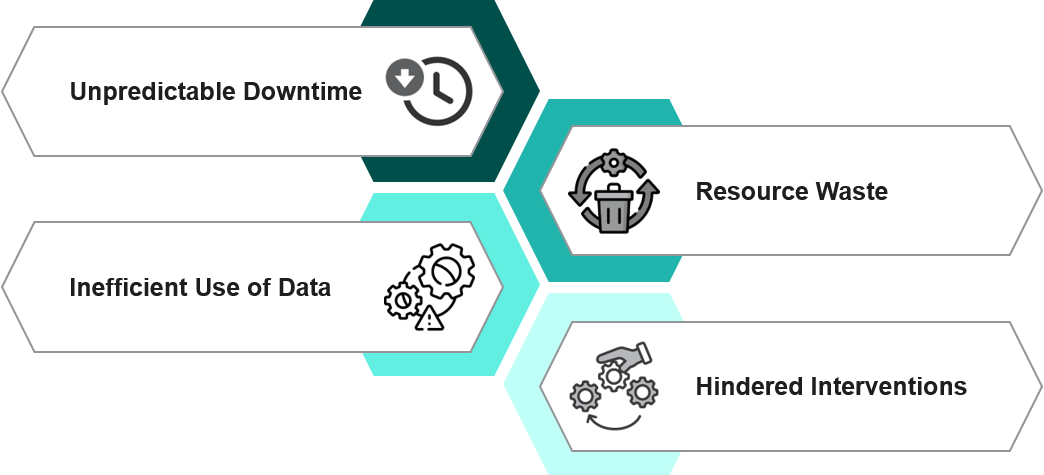
Figure 1: Traditional Predictive Maintenance Method’s Challenges
- Unpredictable Downtime: Maintenance schedules cannot guarantee the reliability of the equipment, as failures do happen. Downtime can result in interrupted care, affecting patient care.
- Resource Waste: PM and condition-based maintenance are above-normal and out-of-operation maintenance cases, wasting hospital resources and lives while increasing operational costs.
- Inefficient Use of Data: The Internet of Things and sensors have allocated data, which is not utilized much since no appropriate analytics is available for predicting failure or optimizing predictive maintenance in healthcare systems.
- Hindered Interventions: Preventive and predictive maintenance conditions are delayed in measuring the condition of the equipment, by which time a significant failure occurs and stands to damage or threaten to interrupt patient care.
What is AI-Powered Predictive Maintenance?
Predictive maintenance using AI is the practice of predicting the time of failure of a medical device using IoT sensors, machine learning algorithms, and big data analytics. Hospitals can therefore prolong the lives of their devices while reducing the downtime and costs associated with maintaining them.
How AI-Powered Predictive Maintenance Functions:
- IoT sensor: The sensors are embedded in all the medical devices to keep monitoring all these devices and collect real-time data relating to temperature, vibration, pressure, and usage-known patterns. The detection of anomalies early on avoids an unexpected failure.
- Data Processing & Analyzing: AI uses the processed sensor data, understands the patterns, and potentially predicts the malfunction. Over time, the machine learning model gets better in its insights based on the received real-time data allowing better maintenance proactively and improving performance efficiency.
- Artificial Intelligence/ Machine Learning Algorithms: Supervised learning improves accuracy in anticipating failures in equipment with medical devices through training on labeled data sets for AI models. Meanwhile, unsupervised learning discovers anomalies and unseen patterns in medical device data, generating deeper insights for preventive maintenance.

Figure 2: Functions of AI-Powered Predictive Maintenance
- Predictive Analytics: Under the role of Artificial Intelligence in predictive maintenance of medical equipment, AI uses machine learning and data insights to forecast the behavior of specific equipment. This ensures the reduction of risk and immediate actions in healthcare operations.
- Predictive Alerts: Alerts generated by AI, allowing maintenance teams to take proactive measures before the situation escalates.
- Automated Optimization: With time, the prediction accuracy increases, further minimizing unnecessary maintenance through machine learning algorithms that improve their predictions.
Predictive maintenance stands in contrast to reactive maintenance, which only maintains after a device breaks down, and preventive maintenance, which maintains whether equipment is working normally or according to schedule. Predictive maintenance arrangements result in the performance of scheduled predictive maintenance at the time when it is required and fewer unplanned downtimes, thus lowering costs and increasing efficiency in health settings.
How AI Enhances Medical Equipment Longevity?
AI advances the life of medical equipment through real-time monitoring and prediction of faults, followed by automatic diagnosis. AI is continuously evaluating data regarding performance and will be able to interpret slight changes that may be a sign of a possible breakdown, providing time for early intervention and preventive maintenance.
How Artificial Intelligence Can Extend the Life of Equipment:
- Optimize Components Life: AI will pinpoint the wear and tear of any critical part well in time, allowing timely repairs and changes before an actual failure event.
- Eliminate Unnecessary Maintenance: Insights gained through AI differentiate maintenance that is necessary from excessive maintenance practices. Making sure resources are spent means value use.
- Improved Performance over Time: Predictive models use historical data and learn to allow medical devices to perform well for a longer period.
Such systems help healthcare facilities to undertake proactive maintenance, downtime has been significantly reduced, and equipment life expectancy has increased through IoT-enabled real-time monitoring of equipment together with AI-failure prediction models.
Multi-Dimensional Value of Predictive Maintenance in Medical Devices
Proper management of maintenance in medical equipment from a healthcare provider’s point of view sufficiently ensures a consolidated maintenance schedule, reduced unexpected failures, and maximized efficiency for better results in patient care with great cost savings.
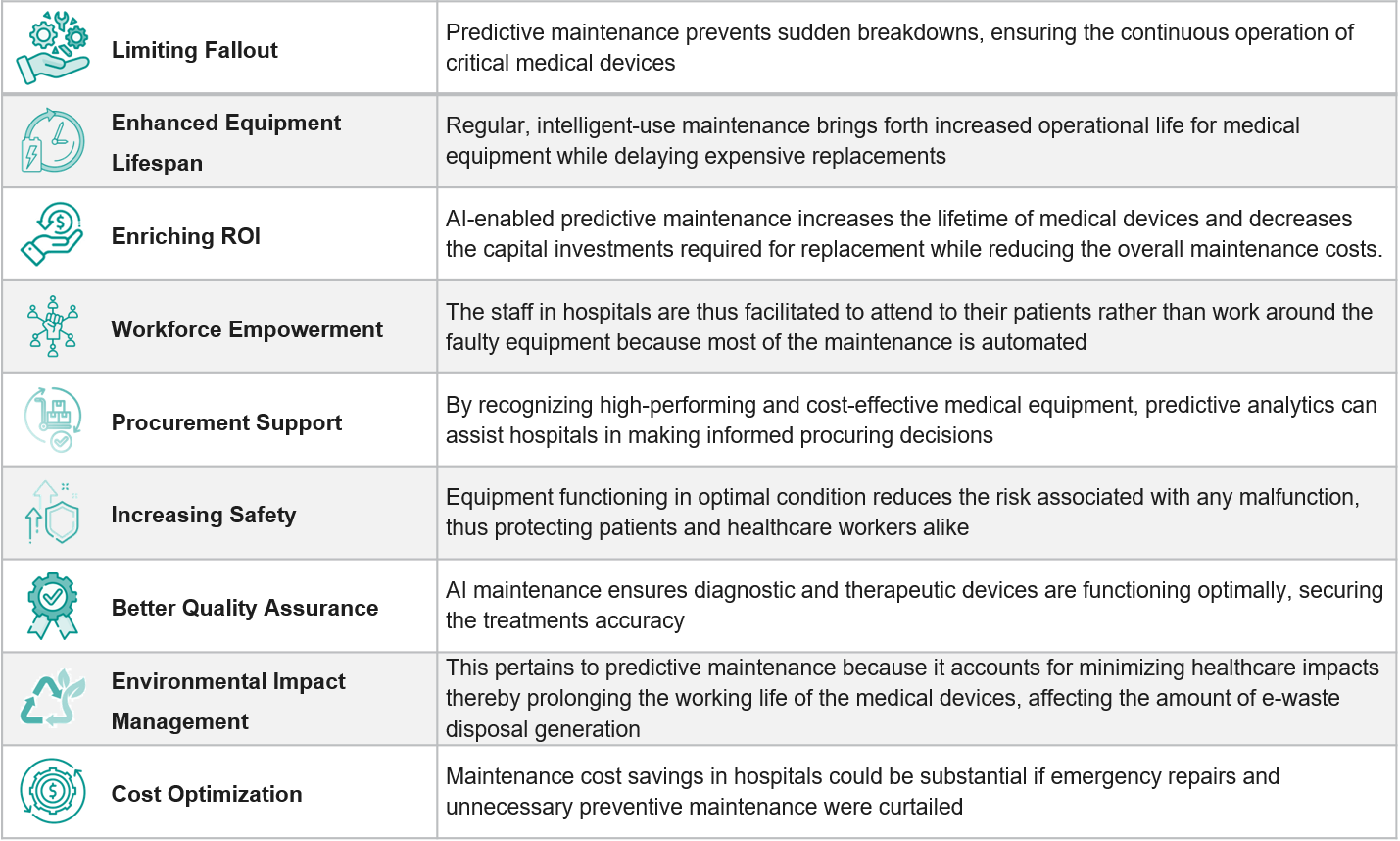
Applications in MedTech: Where AI is Making an Impact?
AI is transforming medical technology, making it much more reliable and efficient in its functioning and operations.
- MRI & CT Scanners: AI models analyze the usage and wear of components to predict failure in cooling systems, magnets, and other vital components, so that they can be detected early and maintenance can be planned to minimize downtime. Key players: GE Healthcare, Philips
- Diagnostics Devices: Predictive maintenance of AI-enabled blood analyzers allows real-time monitoring of key parameters to predict potential faults affecting diagnostic accuracy. Also, for most ECGs: monitoring device components and signal quality by the use of AI assures a continued availability of accurate cardiac data for reliable patient diagnosis. Key players: Siemens Healthineers, GE Healthcare, Philips
- Ventilators & Life-Support Machines: Constant functionality in critical care and reduced risk of emergency failures are ensured by AI-based predictive monitoring. Key players: Siemens Healthineers, BD, Fresenius Medical Care
- Lab Equipment & Surgical Robots: Enhancing reliability and precision, preventing breakdowns that could interrupt surgical procedures or lab operations can be achieved by AI-driven diagnostics, eventually refining patient outcomes and operational competence. Key players: Medtronic, Stryker
Other key players and technology providers driving AI-powered predictive maintenance for medical devices:
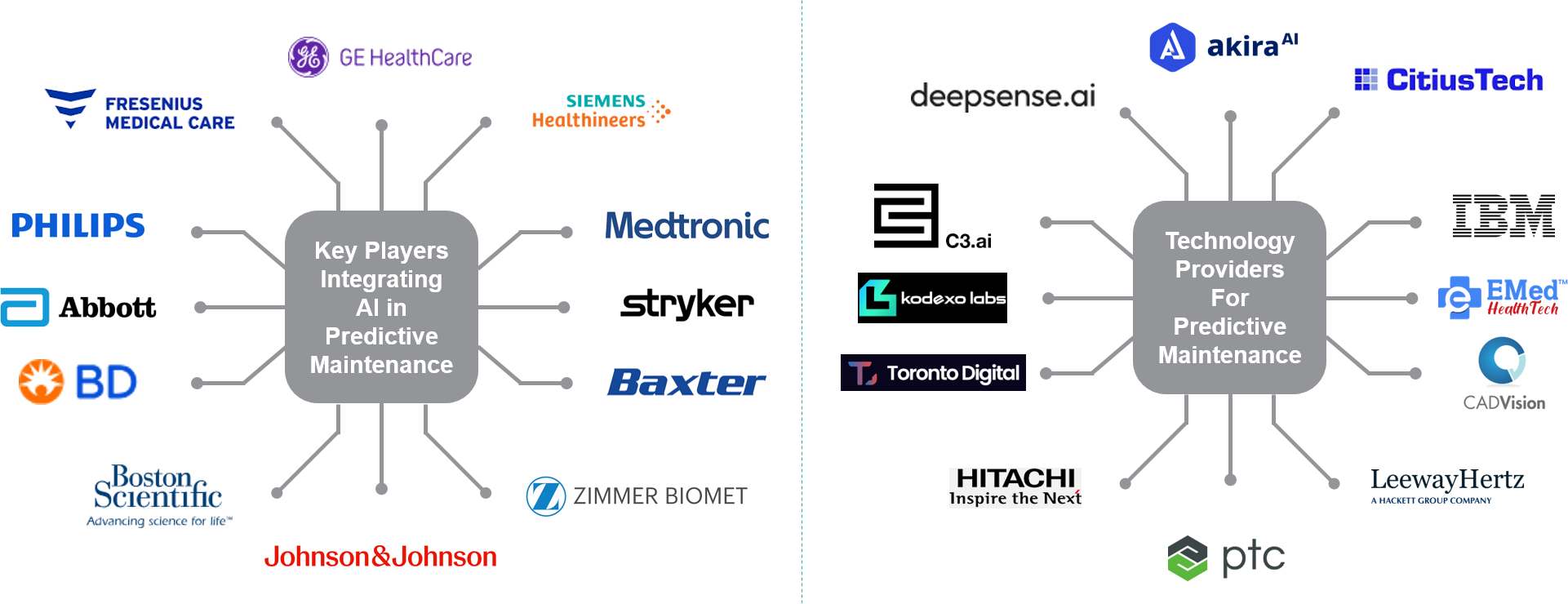
Figure 3: Leading Companies & Technology Providers in AI-Driven Predictive Maintenance
Challenges
While AI predictive maintenance is promising, healthcare providers need to overcome challenges on several fronts:
- Data Privacy & Security: To ensure patient and system security, strict adherence to data protection regulations is mandatory for managing immense amounts of medical device data.
- Integration with Legacy Systems: The scenario is becoming challenging for hospitals that still utilize redundant legacy equipment, which may not support the IoT integration.
- Initial Investment Costs: Although AI-based maintenance incurs low costs in the long term, the primary capital costs of the investment could be large for infrastructure, special training, and expertise.
Colligation of these factors must be done carefully, and then comes a well-formulated plan to integrate artificial intelligence into the maintenance practices of a healthcare organization.
Future of AI in Medical Equipment Maintenance
With the propelling progress of AI technologies, predictive maintenance will also evolve in critical ways as follows, and contribute to a more sustainable medical industry:
- AI + Digital Twins: These will allow medical devices to be simulated for real-time operational performance to help healthcare systems optimize their maintenance strategies and make highly accurate predictions of failures.
- Blockchain Maintenance Tracking: Predictive maintenance can also be taken to the next level by securing and transparent tracking of historical maintenance, increasing accountability, reducing fraudulent reporting, and improving compliance.
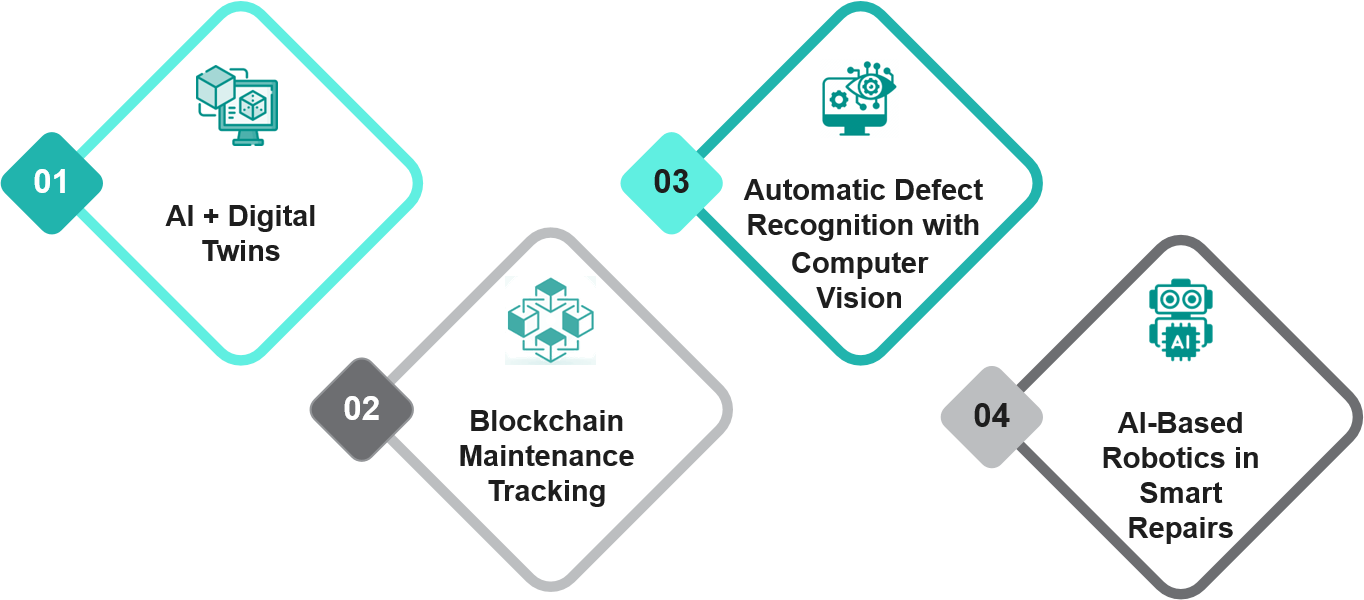
Figure 4: Future of AI in Medical Equipment Maintenance
- Automatic Defect Recognition with Computer Vision: Computer-aided vision would analyze the digital images taken of medical devices to detect their wear-and-tear, faults, or anomalies in real-time.
- AI-Based Robotics in Smart Repairs: Robotics systems that contain AI features spearhead any repairs or calibration of sophisticated medical equipment, carried out with utmost precision.
Conclusion
The AI-enabled activities for predictive maintenance are making a difference in the health sector in terms of appraising the reliability, durability, and efficiency of medical equipment. Once health providers invest in AI-enabled solutions, they will be able to use a proactive approach toward equipment management, optimize operations, and engage in sustainable practices. The trend toward smarter, data-driven maintenance is in play, and AI will continuously spearhead innovations in the management of medical equipment toward a future of sustainability and better quality patient care.
